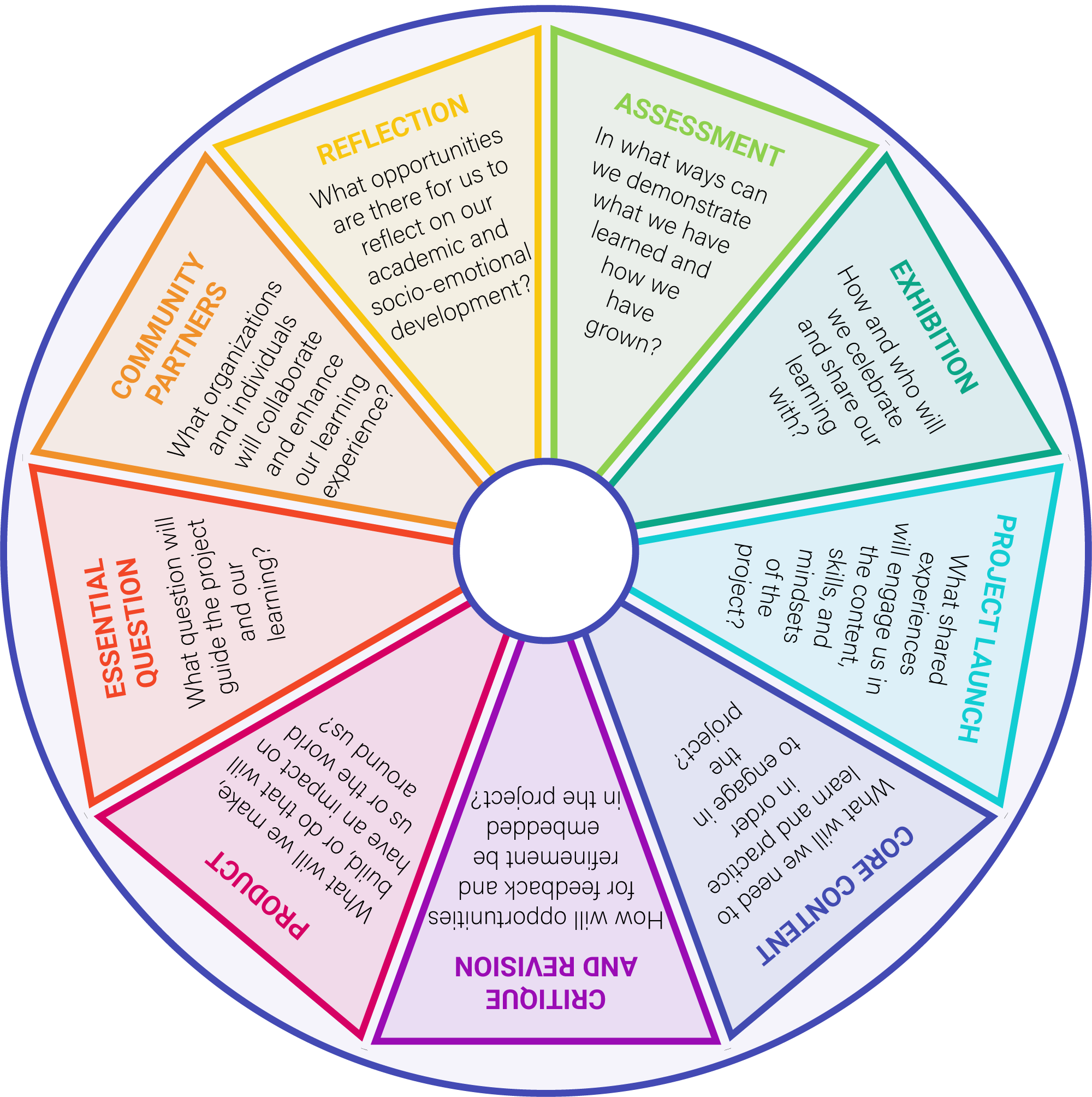Design for Deeper Learning
Collaborate with AI to design an engaging learning experience in minutes.
Try it out – design your own projectCollaborate with AI to design an engaging learning experience in minutes.
Try it out – design your own project

Revolutionary Rumble: Sparks of Change!
Grade Level:

Unplugged Tunes: Create Music Beyond Screens
Grade Level:

Zap into Science: Electrochemical Cell Quest!
Grade Level:

Erupting Elements: Volcano Chemistry Adventure
Grade Level:

Brainstorm: Unmasking Mental Mysteries
Grade Level:

2w3 Extravaganza: Innovate & Elevate!
Grade Level:

Social Media: Risky Business or Rewarding Ride?
Grade Level:

Egyptian Explorers: Discovering Ancient Wonders!
Grade Level:
What if there was a tool to help us take our wild project ideas and create a scope and sequence? There is! Inkwire and the Professional Learning team at High Tech High’s Graduate School of Education designed an AI-assisted curriculum planning tool.
Powered by High Tech High's Kaleidoscope framework for project-based learning (PBL) design, this AI assistant helps educators – and learners! – integrate standards and curriculum requirements into a cycle of PBL Essentials.